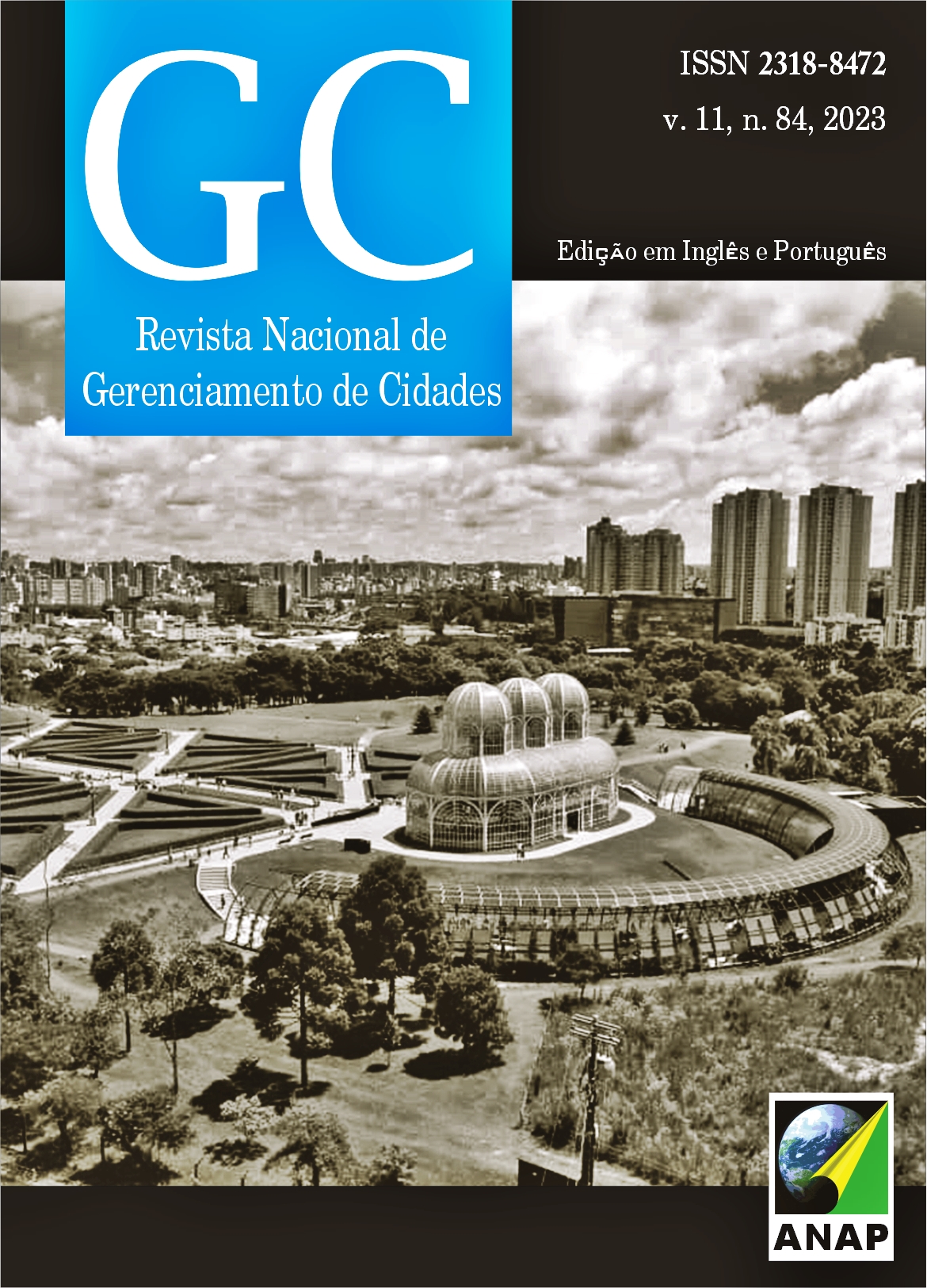Same paths, different experiences: Discussion of possible paths for a walkability assessment tool, including intersectionality
DOI:
https://doi.org/10.17271/23188472118420234773Palavras-chave:
Walkability, Intersectionality, Urban mobilityResumo
Walkability is an essential concept for building more accessible and sustainable cities. It refers to the ease with which people can walk and move on foot in a given urban environment, taking into account aspects such as safety, accessibility, comfort, and attractiveness of public space. Intersectionality is emerging as a fundamental approach to the analysis of walkability, as it allows for the consideration of the multiple dimensions that influence the experience of walking in urban spaces. However, it is common to have indices and tools for the analysis of walkability that are limited to the evaluation of aspects of the shape of the built environment and urban morphology, thus ignoring essential social issues in the assessment of the possibilities and limitations of walking. Urban mobility and walkability cannot be approached in isolation from the social, cultural, and political issues that affect people's lives in urban spaces. Intersectionality helps us understand how social inequalities affect how different people access and experience urban spaces. This work aims to discuss the importance and necessity of using intersectionality as part of the parameters for evaluating the walkability of spaces, as well as to present a conceptual proposal for the construction of a methodological tool that adds intersectionality to pedestrian mobility analyzes. Through the literature review method, this research highlights the fundamentality of social aspects to understand urban mobility and walkability in contemporary cities.
Downloads
Publicado
Edição
Seção
Licença

Este trabalho está licenciado sob uma licença Creative Commons Attribution-NonCommercial-ShareAlike 4.0 International License.














